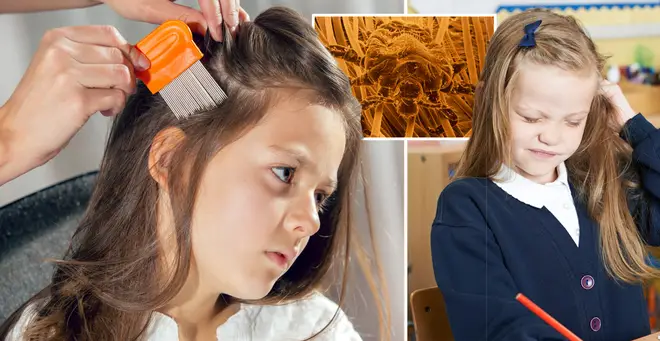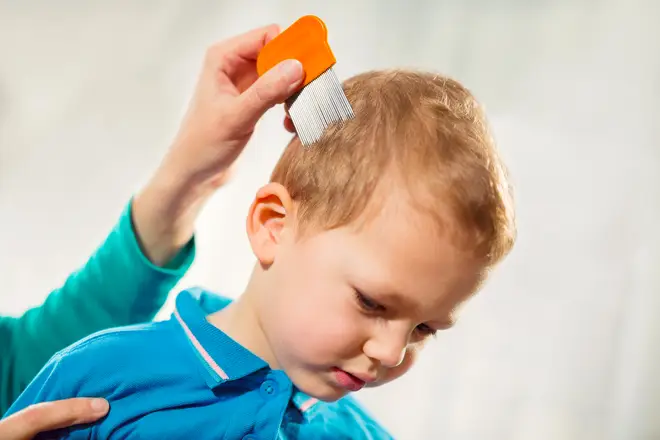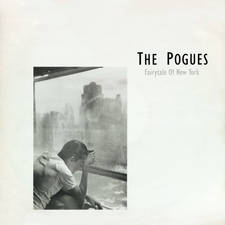Parents warned about ‘super head lice’ invasion as kids go back to school
29 August 2019, 10:40 | Updated: 29 August 2019, 10:44

Parents are being warned about the risks of "super head lice" in primary school's as the new term starts.
The summer holidays are almost over, which means kids in the UK are preparing to head back to school over the next few days.
But it turns out they could be bringing a nasty surprise home with them this September, as parents are being warned about ‘super head lice’.
The creepy crawlies are a common problem in schools and particularly affect children aged between six and nine.
While there are plenty of over-the-counter solutions for nits break-outs in pharmacies, experts are now warning that the bugs are becoming resistant to treatments.
Read More: Mum reveals GENIUS hack to turn economy seats into a bed on long haul flights

Research by Journal of Medical Entomology (JME) revealed that a whopping 98% of head lice are now resistant to popular products.
According to The Sun, the 2016 study of 48 US states found that “head lice were able to grow gene mutations, which helped them resist insecticides, also known as pyrethrins, pyrethroids, and permathrins."
Professor Craig Williams, of the University of South Australia, also told 7NEWS that ‘super nits’ are those which are no longer killed by treatments designed to get rid of them.
What are head lice and how do you get rid of them?
The Health Service Executive states that head lice are insects which live close to the scalp on human heads and are between 1mm and 3mm long.
They explained: "The insects lay eggs. Each egg is glued to a hair, often near the root. Nits are empty eggs left behind when lice hatch. They can be white, yellow or brown.
"The main symptom is itching, but only about 1 in 3 children with head lice have an itch."
The NHS website advises you should act on lice as soon as you spot them or suspect your child could have them - but there’s no need to keep them off school.
First, it’s important to wash the child’s hair, apply a lot of conditioner and then used a specially designed fine-toothed comb to brush through the whole head of hair, from the roots to the ends.
Do wet combing on days 1, 5, 9 and 13 to catch any newly hatched head lice and then check again on day 17 that everyone's hair is free of lice.
If wet combing doesn’t work after 17 days, pharmacists may recommend using medicated lotions and sprays which kill head lice within a day.
Holly Barber of the British Association of Dermatologists, told The Sun: “Although it’s important for parents to be prepared for the increased risk of head lice infestation in their children ahead of the new school year, chemical treatments shouldn’t be used as a preventative measure.
"This can encourage the resistant head lice to develop, making them even harder to get rid of.
“Instead, the British Association of Dermatologists recommends regular examinations with a nit comb in order to detect an infestation early, as starting treatment sooner rather than later will help prevent further spread."























